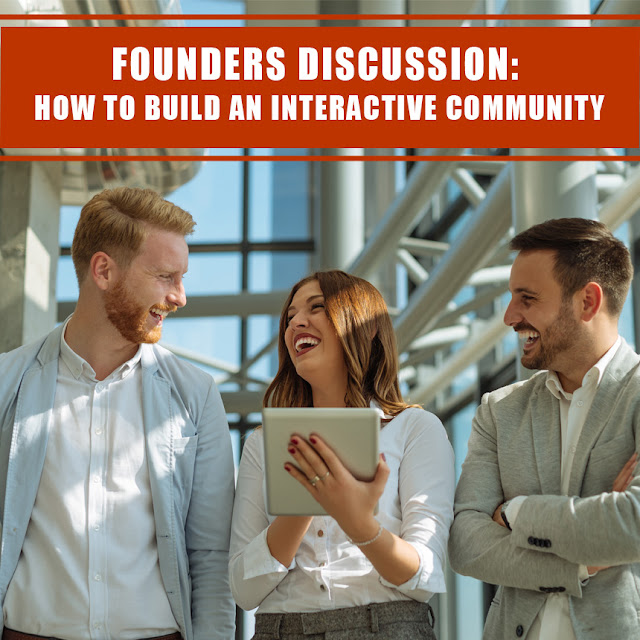What is Digital Signature and How It Secures E-docs?
What are Digital Signatures?
Digital signatures are the mathematical way of verifying and authorizing digital messages. These are the digital equivalent of handwritten signatures and stamps, and use mathematical algorithms to establish security and protection of the documents sent and received online.
How are digital signatures created?
Digital Signatures use Asymmetric Cryptography that creates two keys linked with the document creator and the user. These signatures follow a Public Key Infrastructure (PKI) protocol to create two-key authentication: Private and Public.
The private key can be used only by the signer, and the public key is for those who validate the signer’s electronic signature. The private key gets activated when the document is signed, which is encrypted using the mathematical algorithm that acts as a cipher. This document gets decrypted when the party at the other end uses the public key to validate the signature.
In between the private and the public key comes Certificate Authorities (CAs), which is a third-party to authorizes the validity and security of the document and the keys created for digital signatures.
The digital signatures are created using hash algorithms that restrict an arbitrary length of the message and assigns it a fixed length. These algorithms are usually one-way functions that ensure that the messages remain encrypted and can be decrypted only when the same hash function used in the public key. If the hash matches, it proves that the information on the document hasn’t changed in between, and it is delivered intact. If they don’t match, then it means the data has been tampered and cannot be validated as the real document.
What are the classes of digital signatures?
Digital signatures are classified into three known classes:
Class 1: These types of digital signatures are generally used for low-risk of data compromise, and are usually validated based on user data, such as email ID and username.
Class 2: When the risks and consequences of sharing a document are moderate, usually, Class 2 digital signatures are used. Examples of moderate risk documentations are monetary transactions that are already pre-validated. Another example would be the e-filing of tax documents, where the signee’s identity check is mandatory against the pre-verified database.
Class 3: These are the top class of digital signatures where an individual or an organization needs to be present in front of the Certifying Authorities to prove their identity before signing the document. The risk involved in such cases are very high and are mostly preferred for organizational and government documents.
Benefits of Digital Signatures:
There are multiple benefits of digital signatures. A few of them are already explained above. Summarizing those benefits in below-mentioned points:
- Secured transactions and protected message delivery
- Low risk of data tampering
- Proof of both the signing authorities and agreement on certain deals, contracts or negotiations
- It can be used to share product designs, sales, and manufacturing enhancements.
To summarize, digital signatures are the best way of having secured document sharing across different platforms. Many individuals and organizations are already taking advantage of this technology to secure their data. For example, GoFounders is going to introduce the signing of their Non-Disclosure Agreement (NDA) documents with the help of digital signatures. The newly registered founders of the company receive digital signature equipped NDAs to keep track of untampered agreement on company terms and conditions.




This is how my partner Wesley Virgin's story starts with this shocking and controversial VIDEO.
ReplyDeleteYou see, Wesley was in the army-and soon after leaving-he unveiled hidden, "mind control" tactics that the government and others used to get whatever they want.
These are the EXACT same tactics tons of famous people (notably those who "became famous out of nowhere") and top business people used to become wealthy and famous.
You probably know how you use less than 10% of your brain.
That's mostly because most of your brain's power is UNCONSCIOUS.
Maybe this conversation has even taken place IN YOUR very own mind... as it did in my good friend Wesley Virgin's mind around seven years ago, while riding an unlicensed, beat-up bucket of a vehicle with a suspended license and $3 on his debit card.
"I'm so fed up with going through life payroll to payroll! When will I finally make it?"
You've been a part of those those types of conversations, isn't it so?
Your success story is waiting to be written. Go and take a leap of faith in YOURSELF.
CLICK HERE TO LEARN WESLEY'S SECRETS